Economics Assignment: Analyzing Auto Sales, Regression Model Problems
VerifiedAdded on 2023/04/21
|5
|721
|358
Homework Assignment
AI Summary
This economics assignment delves into the analysis of auto sales data from January 1976, examining both actual monthly sales volume and percentage changes, highlighting the seasonality effect evident in the data. It further explores the impact of seasonality adjustment on sales data and conducts Augmented Dickey-Fuller tests to assess data stationarity. The assignment also addresses the challenges associated with linear regression models, including assumptions about linearity, sensitivity to outliers, and independence of data, discussing the implications of violating these assumptions and proposing a regression model for covered amounts. Desklib provides access to similar solved assignments and past papers for students.
1 out of 5
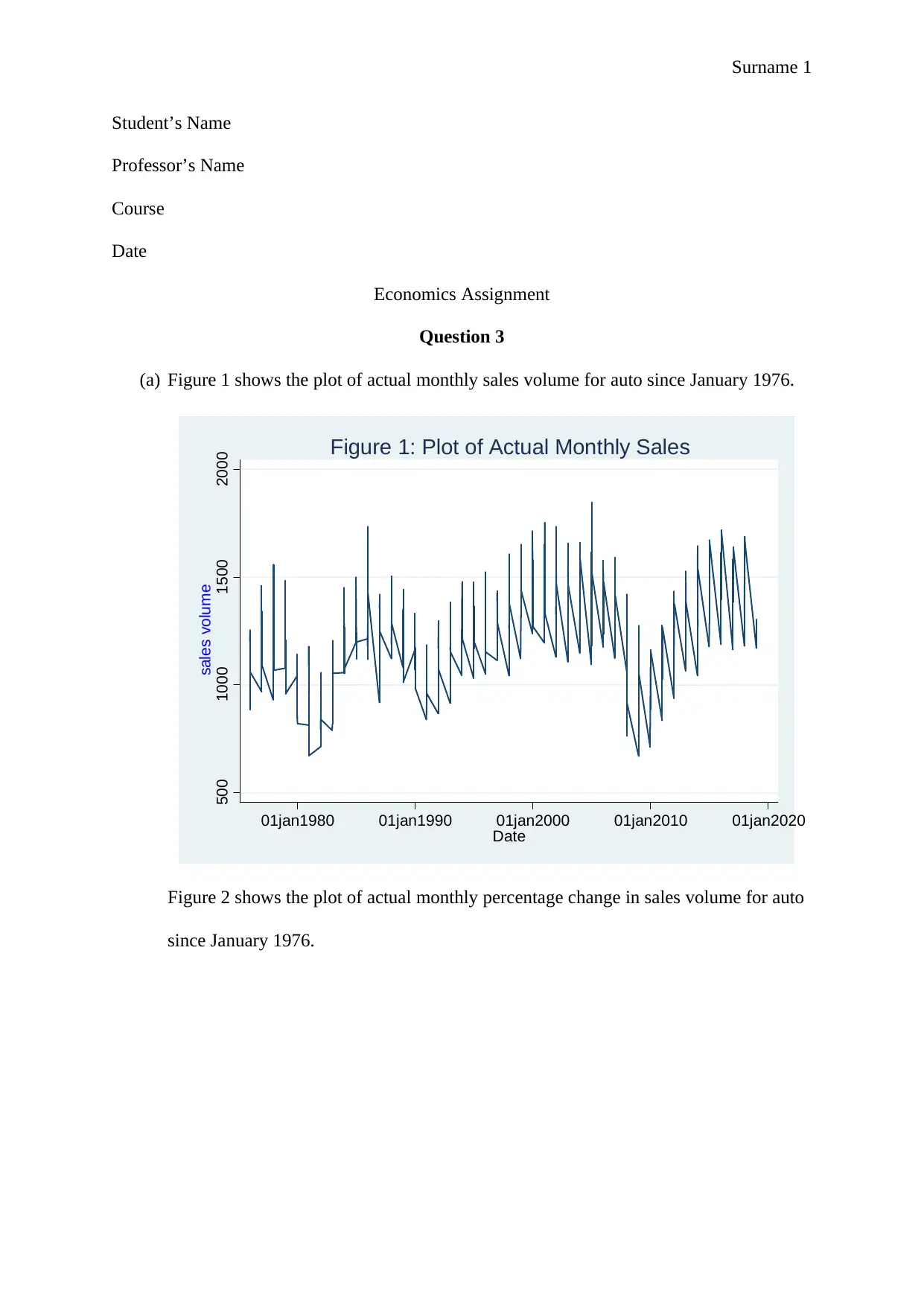
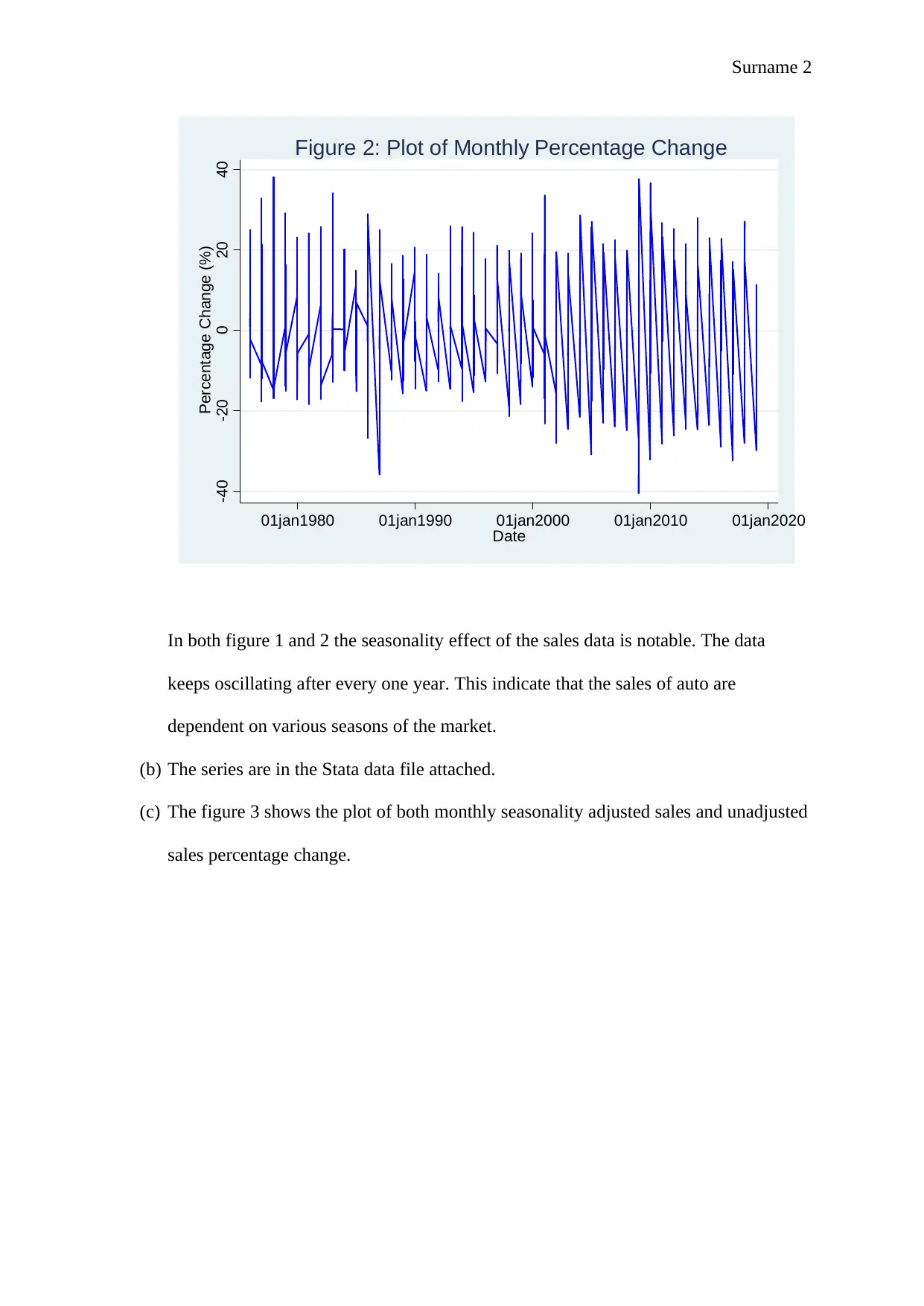
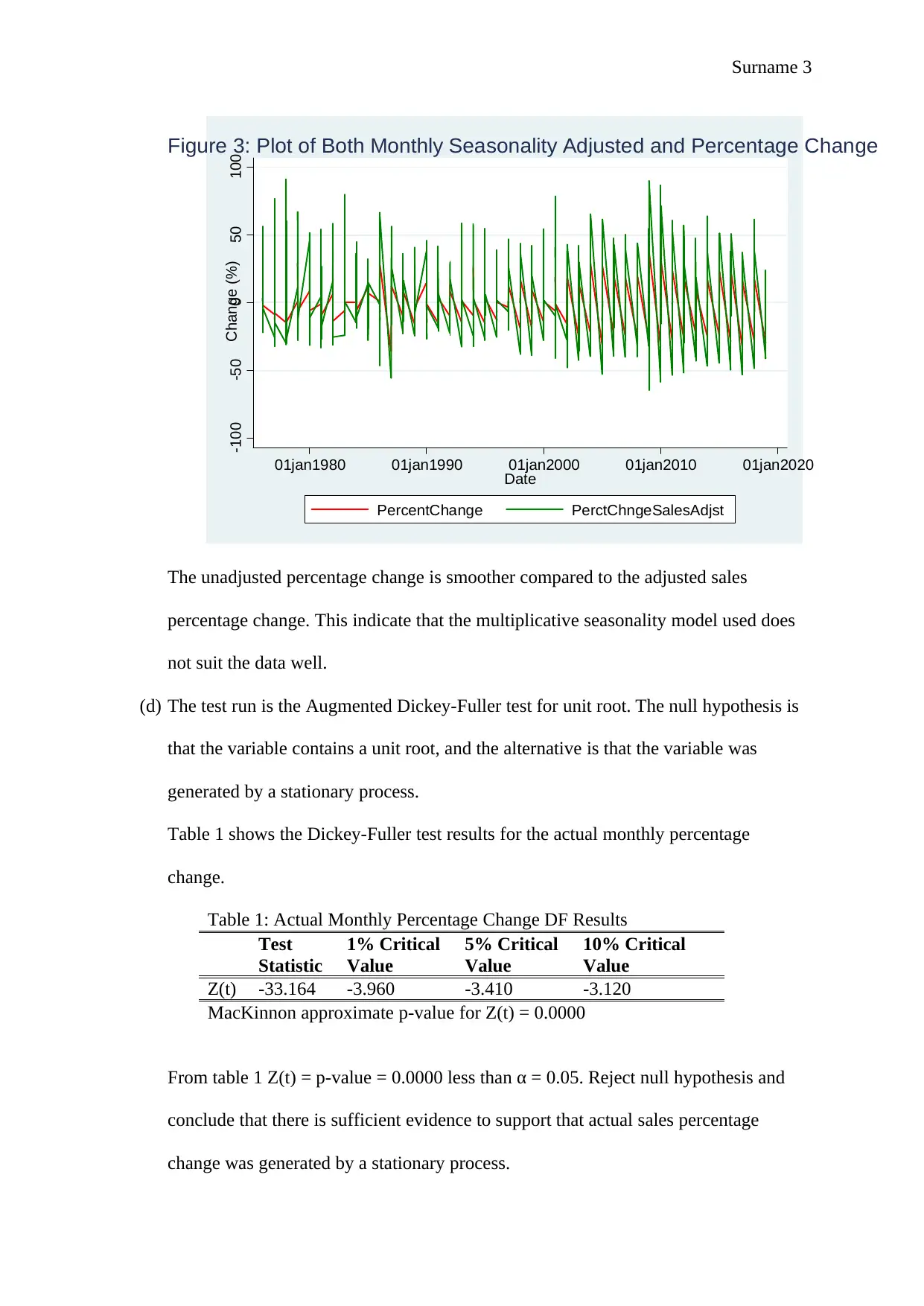

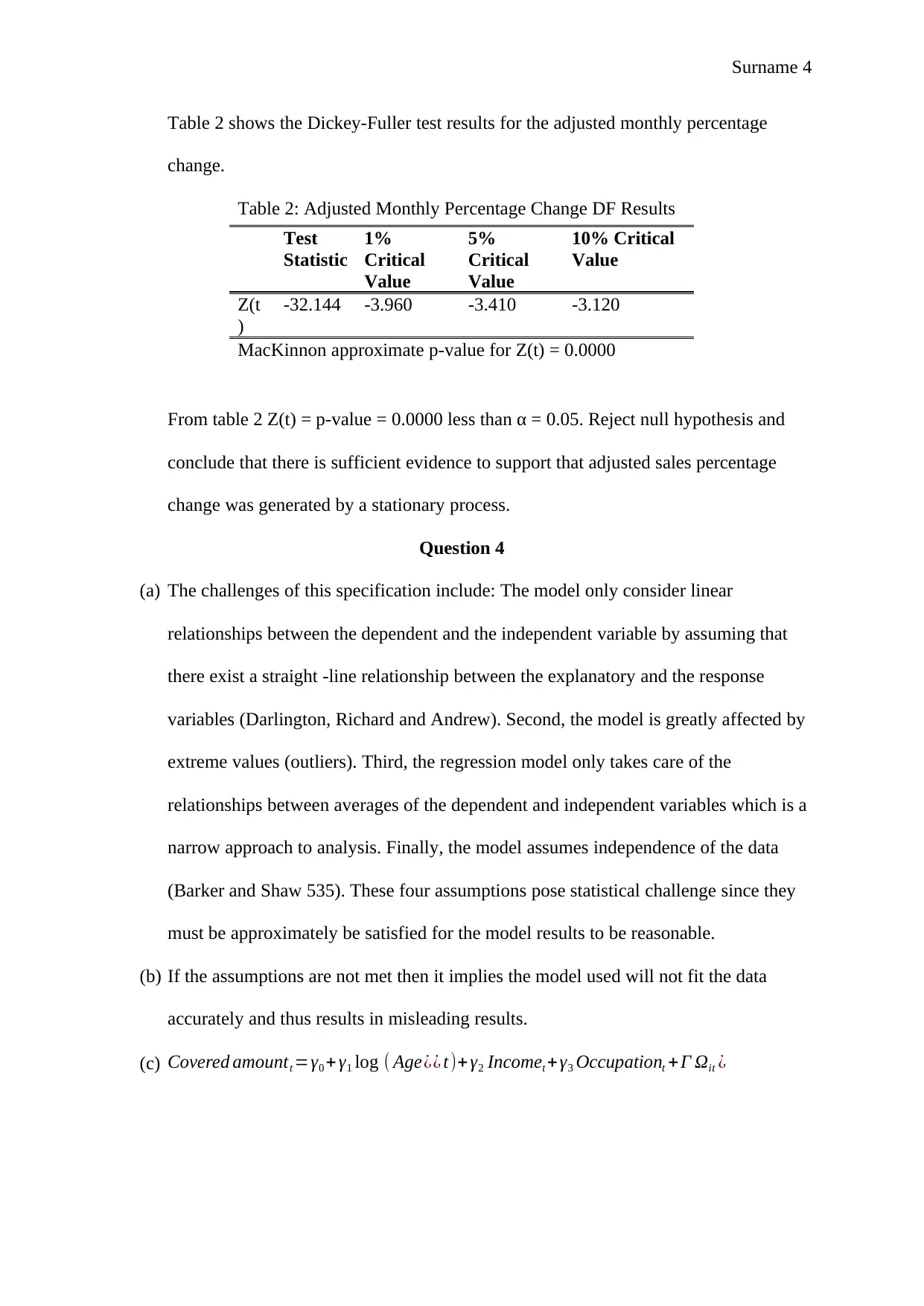
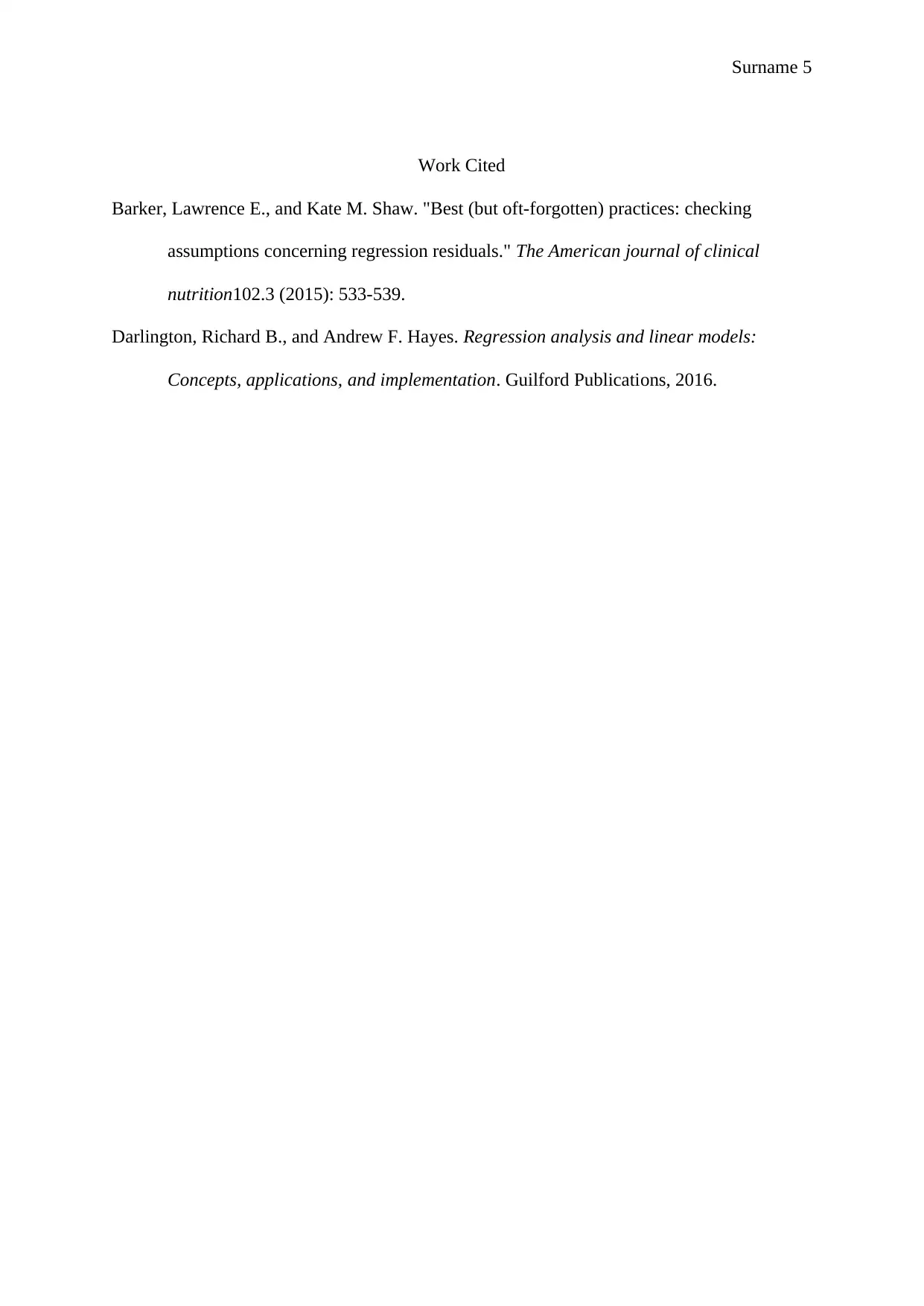



![[object Object]](/_next/static/media/star-bottom.7253800d.svg)